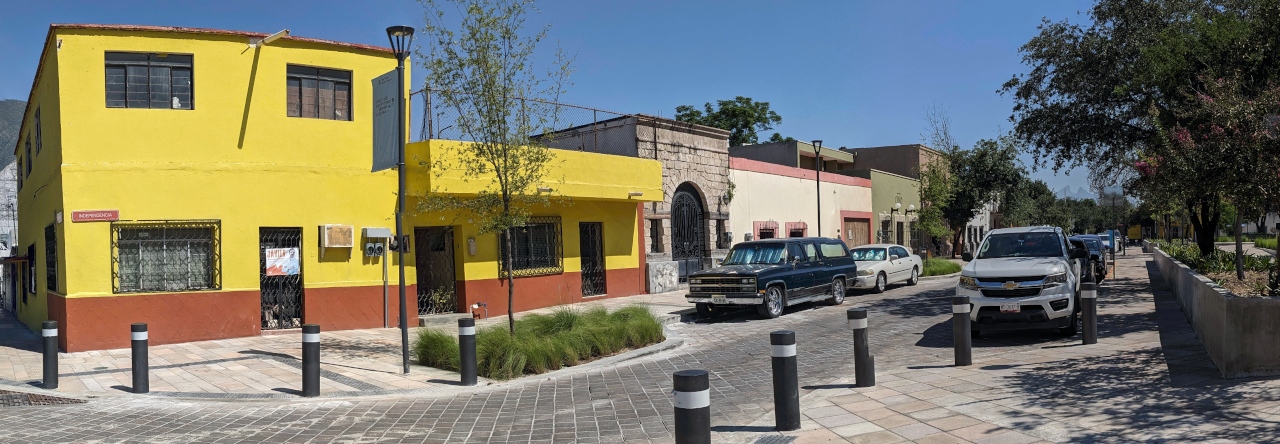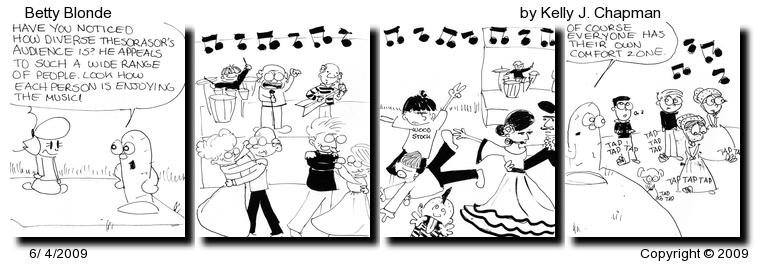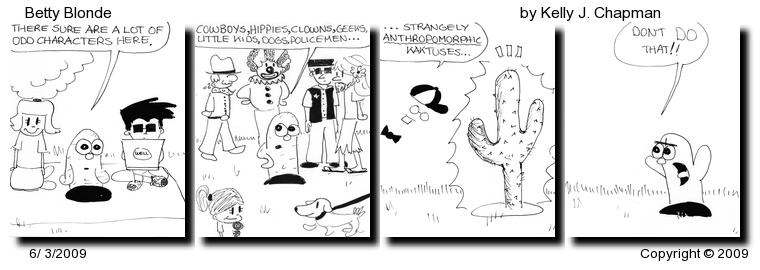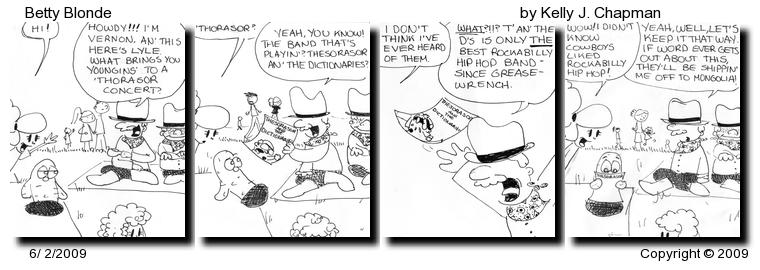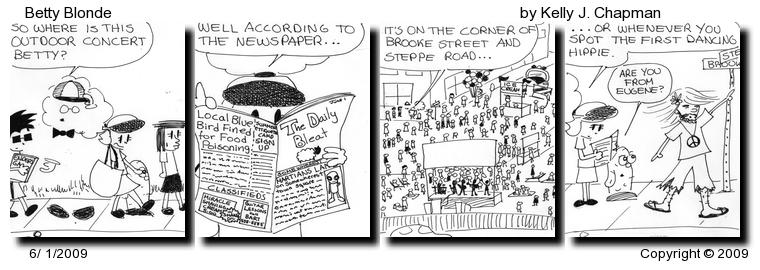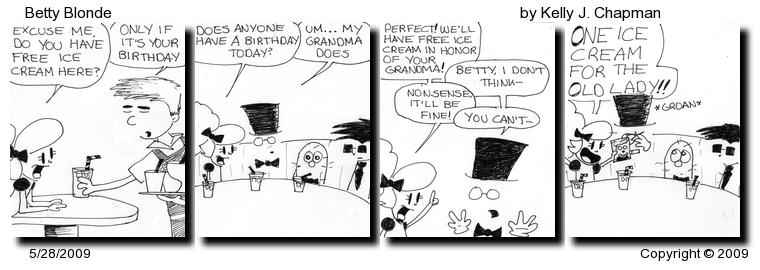This post is part of a narrative history of our homeschool. It is about why we chose to homeschool, what we did and how we did it. It is about our failures and frustrations as well as our successes. The plan is to make an honest accounting of it all for the benefit of ourselves and others. This is a work in progress which was started in late October 2014 after the kids had already skipped most or all of high school, Christian had earned a Bachelor’s degree in Mathematics (Summa Cum Laude), Kelly had earned a Bachelors degree in Statistics (Magna Cum Laude) and they were ensconced in funded PhD programs on the West Coast. I add to the narrative as I have time.
Lorena and I jokingly told the kids they could decide for themselves whether they wanted to continue with music lessons after the first ten years. It was pretty humorous that they took that as a serious statement. The same was true for our efforts in Art and Physical Education.Oddly, it was not a problem. We really did not do anything out of the ordinary in any of these categories. A lot of the things we did were similar to what many kids get whether they are in homeschool, private school or government school so I will go into a little bit of the details only on our Art program because of the materials we used and the joy we derived from it.
Art
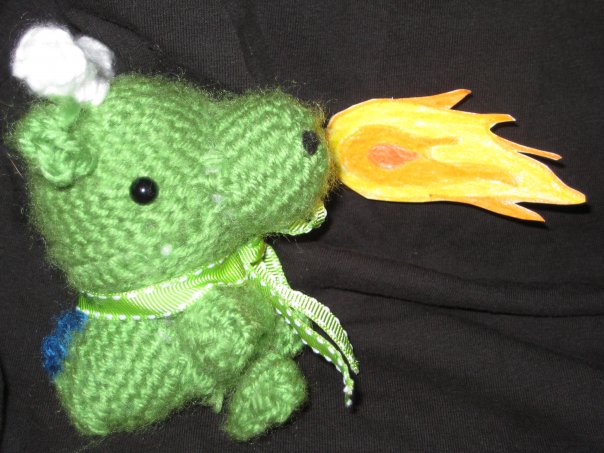 We worked surprisingly hard at Art. In the beginning, I did not really know what to do, but wanted something that I could do with the kids that was fun and relaxing. The first thing I could think to do was teach them how to knit. Both kids still love it, but do not have as much time to do it as before. The Amigurumi Dragon to the left is Kelly’s.
We worked surprisingly hard at Art. In the beginning, I did not really know what to do, but wanted something that I could do with the kids that was fun and relaxing. The first thing I could think to do was teach them how to knit. Both kids still love it, but do not have as much time to do it as before. The Amigurumi Dragon to the left is Kelly’s. 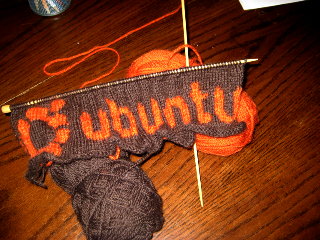 The Ubuntu scarf on the right is Christian’s. My own efforts after the basics were not so skilled. After that, we did not know what to do so I started looking for some basic drawing stuff.
The Ubuntu scarf on the right is Christian’s. My own efforts after the basics were not so skilled. After that, we did not know what to do so I started looking for some basic drawing stuff.
We found a book called Mark Kistler’s Draw Squad. We bought three sketchbooks. Good ones. We bought some pencils and erasers, then started to sit down together for a half an hour or so every night to work our way through the book. It was just awesome and I wrote about it quite a lot (here, here, here and many more). Both kids read I, Juan de Pareja, a Sonlight book about a servant of the great Spanish artist Diego Velazquez who also became a great painter. Velazquez influenced the style of Norman Rockwell in his illustrations. We became huge fans of Robert McCloskey the illustrator of the Henry Reed and Homer Price books we loved so much. We were absolutely hooked on drawing, painting and art.
 We were at a little bit of a loss when we finished the Draw Squad book and floundered for a week or two until I found a book by a lady who trained forensic artists for the FBI to draw realistic portraits. The name of the book was Secrets to Drawing Realistic Faces. We loved the book and were off to the races again. Christian’s drawing of Robert Goddard, the rocket scientist is the one on the right. Kelly’s watercolor of our friend Celia is on the left.
We were at a little bit of a loss when we finished the Draw Squad book and floundered for a week or two until I found a book by a lady who trained forensic artists for the FBI to draw realistic portraits. The name of the book was Secrets to Drawing Realistic Faces. We loved the book and were off to the races again. Christian’s drawing of Robert Goddard, the rocket scientist is the one on the right. Kelly’s watercolor of our friend Celia is on the left.
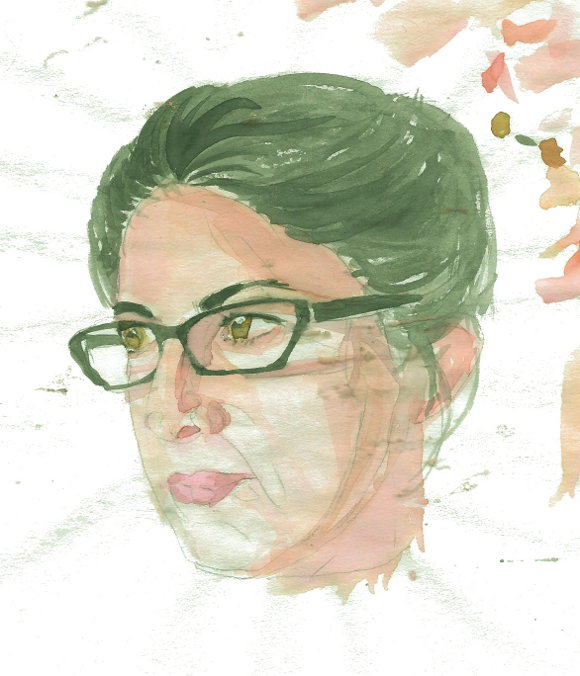 For two years starting shortly after we finished Draw Squad, Kelly drew a daily comic strip titled Betty Blonde. I am putting these strips up at the bottom of each post until I have the entire series here on this blog. You can see her June 5, 2009 offering below. The kids still draw for fun, but also use their skills in their work, particularly when it comes to describing concepts. Our homeschool art was an unexpected joy.
For two years starting shortly after we finished Draw Squad, Kelly drew a daily comic strip titled Betty Blonde. I am putting these strips up at the bottom of each post until I have the entire series here on this blog. You can see her June 5, 2009 offering below. The kids still draw for fun, but also use their skills in their work, particularly when it comes to describing concepts. Our homeschool art was an unexpected joy.
Music
Neither Lorena nor I had much of any musical training. The vast majority of our musical effort was (and is) expended singing hymns in church. We did not want Kelly and Christian to miss out on some early musical training. Because we did not really know what to do, we asked anyone we thought might have some idea about how to do this. One consensus response was that it would not hurt to start their musical training with two or three years of piano lessons with a good teacher. We were told it did not matter whether they wanted to be singers, guitar players, saxophone players or violin players, a stint with piano lessons would not do them any harm. So that is what we did. Kelly loved the piano and stayed with it for ten years. We found the best teacher we could find who would accept her everywhere we lived (four teachers). Christian did three years of piano, then finished out his ten year stint in guitar before college got in the way. Neither of them are brilliant musicians, but both can sight read music, play when time permits, love playing and appreciate music at a level at which neither Lorena nor I are capable.
Physical Education
One of the greatest gifts my mother gave my siblings and me was swimming lessons from the time we were very young. My Finnish grandmother with whom we often stayed lived near a river and Mom gave us those lessons as a safety measure. What we did not know at the time was that feeling comfortable swimming in deep water is a gift. Lorena and I wanted our kids to have that gift, so swimming was a constant staple as one of our Physical Education activities. The kids spent many years in competition (at quite a low level) on local swim teams, usually at the local YMCA. In addition to this, the kids took lessons in snow skiing, gymnastics and tennis, played soccer, prepared for and ran a half marathon. More than anything, we just made sure they got out of the house and got their heart rates up at least five days per week. Both kids have graduated to weight lifting and running as that is what their current schedules allow in graduate school.
Betty Blonde #232 – 06/05/2009
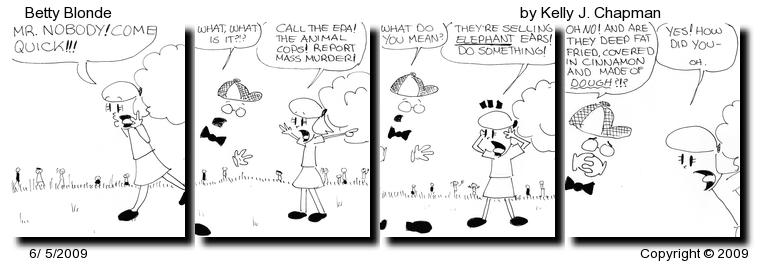
Click here or on the image to see full size strip.
